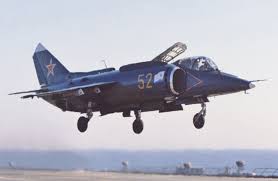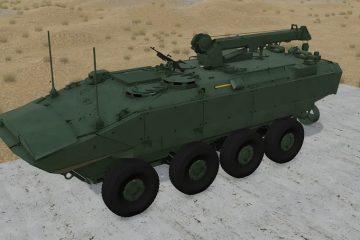Recent Developments in Russian Fighter Jets

The Importance of Russian Fighter Jets
In the realm of military aviation, Russian fighter jets have continually played a pivotal role, not only influencing global defense strategies but also enhancing aviation technology. The advancements in these aircraft are critical given the ongoing geopolitical tensions and the competitive nature of international security. Recent events have underscored the relevance of Russian fighter jets in global military dynamics.
Current Developments
As of late 2023, Russia has been actively advancing its fleet of fighter jets, particularly the Su-57, which represents the country’s fifth-generation stealth capabilities. The Russian Defence Ministry announced the procurement of additional Su-57 units, aiming to bolster its air force’s operational effectiveness amid increasing tensions in Eastern Europe.
In parallel, Russia has also unveiled plans for a next-generation fighter jet, termed the Su-75, designed to compete with advanced aircraft from NATO countries. Its development highlights Russia’s aim to maintain parity in aerial combat technology, particularly amidst growing military collaborations between Western nations.
International Reactions and Implications
The advancements in Russia’s military aviation are closely monitored by NATO and other countries, as they prompt significant shifts in the strategic balance of air power. The deployment of new fighter jets is often perceived as a demonstration of military prowess and capability, resulting in heightened tensions within the region.
In response, NATO has increased aerial patrols in Eastern Europe, reinforcing its commitment to collective defence. The prospects of advanced Russian jets entering service have triggered discussions on air defense strategies among neighbouring countries, including Ukraine and the Baltic states.
Future Forecast
Looking ahead, the evolution of Russian fighter jets will undoubtedly shape the future of aerial warfare. With advancements in artificial intelligence, stealth technology, and unmanned aerial systems, the landscape of military aviation is poised for significant transformation.
As countries increase their defence budgets and invest in advanced aircraft, the competition will likely intensify. Significant efforts will also be required for establishing new protocols for engagement and airspace management to mitigate potential conflicts. This underscores the importance of diplomacy and strategic dialogue in navigating the complexities of international military relations.
Conclusion
In conclusion, the ongoing improvements in Russian fighter jets highlight their strategic importance in a global context marked by lingering tensions. As Russia continues to innovate its aerial capabilities, it is essential for nations around the world to remain vigilant and proactive in their defence planning and diplomatic engagements. Understanding the developments in Russian military aviation is crucial for comprehending broader geopolitical trends and security implications in the 21st century.






